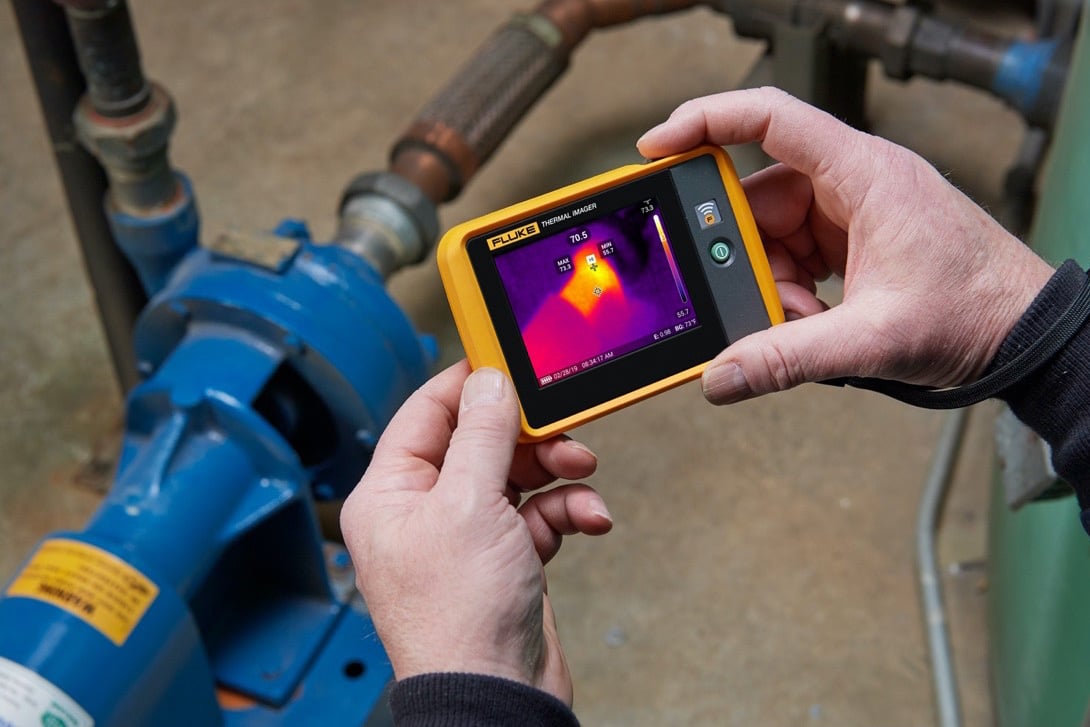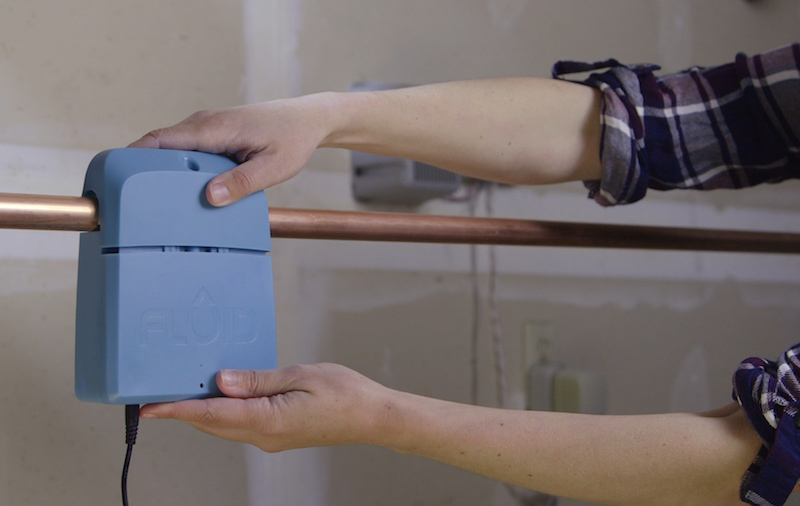Cutting-edge Solutions for Early Discovery of Water Leakages in Structures and Framework
As the integrity of structures and facilities is paramount, the challenge of very early discovery of water leakages has stimulated innovative remedies that guarantee to change the way we guard versus prospective problems. From sophisticated leakage detection technologies to the deployment of IoT sensors for real-time tracking, the landscape of leakage avoidance is evolving rapidly. Equipment discovering formulas supply a look right into the future of leakage prediction, while thermal imaging offers a non-intrusive method for determining surprise leakages. Automated water circulation analysis systems are improving how leakages are determined and addressed, paving the means for a positive strategy to water leakage discovery. Each of these remedies holds the vital to making certain the integrity and durability of our developed environment, prompting a change in the direction of an extra lasting and effective future.
Advanced Leak Discovery Technologies
Advanced leak detection technologies, outfitted with innovative sensing units and algorithms, play an important duty in swiftly identifying and determining water leakages in various setups. These innovations utilize a combination of acoustic, thermal, and electro-magnetic noticing techniques to discover leakages precisely. Acoustic sensing units detect the noise of escaping water, permitting precise localization of the leakage resource. Thermal imaging identifies temperature level changes caused by water leak, supplying one more effective method for leakage identification. Electro-magnetic sensors can determine modifications in magnetic fields triggered by water, supplying yet one more layer of leak detection capacity.

IoT Sensors for Real-Time Tracking
In the world of modern-day water leakage detection, the assimilation of IoT sensing units for real-time monitoring represents a crucial improvement in boosting aggressive leakage discovery capabilities. These sensing units offer continual tracking of water systems, offering real-time data on water circulation prices, stress variations, and temperature level modifications. By leveraging IoT modern technology, these sensing units can discover also the smallest anomalies in water use patterns, making it possible for early recognition of prospective leaks prior to they intensify into major issues.
IoT sensors transfer information to a central platform, where sophisticated formulas analyze the information and create notifies or alerts when abnormalities are discovered. This real-time surveillance capability permits building owners or facility managers to quickly attend to leaks, reducing water damage, minimizing repair service expenses, and conserving water sources.
In addition, IoT sensors can be integrated with structure monitoring systems, permitting automated reactions to spotted leakages, such as closing off water valves or turning on pumps to minimize the influence of leakages. In general, the implementation of IoT sensors for real-time surveillance significantly improves the effectiveness and effectiveness of water leakage discovery in buildings and framework.
Artificial Intelligence Algorithms for Leak Prediction

One key advantage of making use of artificial intelligence for leak prediction is its capability to continuously discover and enhance its accuracy with time. As more data is gathered and fed into the formula, it can fine-tune its predictions and adapt to changing problems, eventually increasing the dependability of leak discovery systems.
Additionally, artificial intelligence algorithms can assist in determining refined signs of leakages that might go undetected by standard surveillance techniques. water leak detection. By assessing intricate data collections in real-time, these formulas can give early cautions navigate to this website and informs, permitting prompt treatment and preventive upkeep to mitigate possible water damage and linked expenses
Utilizing Thermal Imaging for Leak Discovery
Thermal imaging modern technology provides an appealing technique for identifying water leakages in numerous systems and infrastructures. By using infrared radiation and temperature variances, thermal imaging video cameras can determine concealed leaks that are not easily visible to the original site naked eye.
One of the crucial benefits of thermal imaging for leakage discovery is its non-intrusive nature. Unlike conventional techniques that may need breaking right into walls or floors to find leaks, thermal imaging enables non-destructive screening. This not just saves time and lowers prices yet likewise lessens disruption to the building or infrastructure being examined. Additionally, thermal imaging can promptly scan big areas, offering an extensive introduction of possible leak sources in a prompt way. Overall, using thermal imaging technology enhances the effectiveness and precision of water leak detection, making it an important device for preserving the honesty of structures and facilities.
Automated Water Flow Analysis Solutions
Exactly how can computerized water flow evaluation systems reinvent the discovery and management of leaks in different systems and facilities? Automated water flow evaluation systems provide a positive approach to leakage discovery by continuously monitoring water flow prices and patterns. By establishing baseline data, these systems can promptly identify discrepancies that may indicate a leakage, allowing punctual treatment to stop extensive damages.
These systems utilize advanced algorithms to evaluate real-time data and offer prompt notifies when anomalies are discovered, enabling quick action to be taken. Additionally, computerized water circulation evaluation systems can be integrated with structure administration systems or IoT systems, improving total performance and allowing remote surveillance abilities.
Additionally, the data gathered by these systems can be made use of for anticipating maintenance functions, aiding to determine possible powerlessness in the infrastructure prior to leaks take place. On the whole, the execution of computerized water circulation evaluation systems can substantially enhance leakage detection and administration methods, ultimately resulting in cost financial savings, decreased water waste, and raised sustainability in buildings and infrastructure.

Conclusion
Finally, the assimilation of useful source innovative leak detection modern technologies, IoT sensing units, maker discovering formulas, thermal imaging, and automatic water flow analysis systems supplies ingenious solutions for early detection of water leaks in structures and framework. These innovations enable real-time surveillance, forecast of leaks, and reliable detection techniques to avoid water damages and wastage. Implementing these options can aid in maintaining the integrity and sustainability of water systems in various settings.